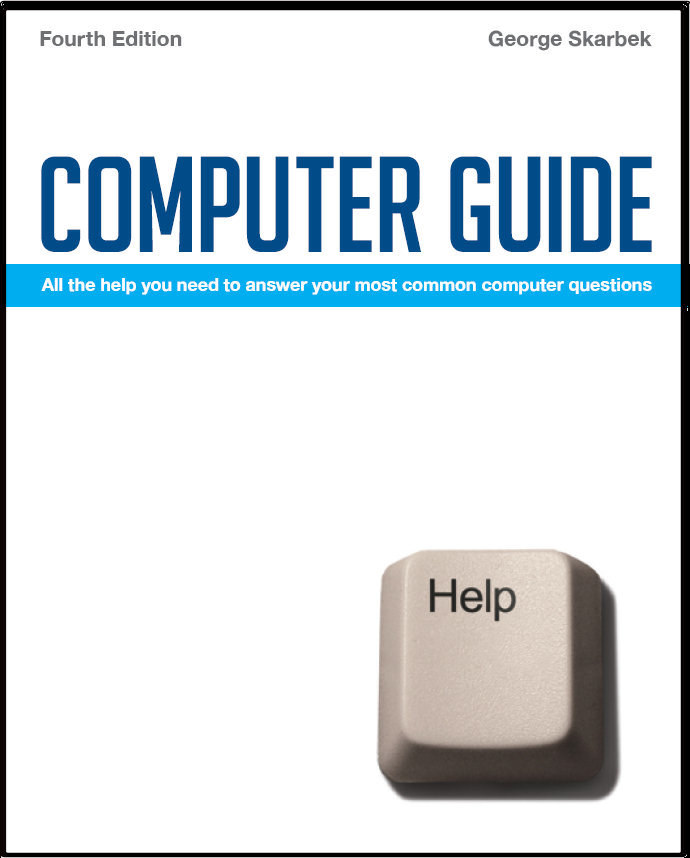Q: I refer to the picture used as the background for the desktop. Can you tell me where it is stored? And what happens to a picture when it is replaced?
A: The default pictures that Windows uses are stored in the C:\Windows\Web folder. However, you can browse your entire hard disk to search for any suitable picture that you like to have, and it does not have to be copied to the Windows folder.
When you select your picture, Windows makes a copy and the original can be modified and even deleted and the desktop image will still remain.
##
Should we switch off the computer?
Q: We have an ongoing debate with our teenage son. He claims it is more energy efficient to leave his pc on, rather than turn on and off as needed. His parents think otherwise, but have no facts to make a case. Can you please help us settle the debate?
A: Generally I use and recommend the use of power saving, especially for the CRT monitor, mainly to save electricity. If the computer will not be used for many hours and especially overnight, I believe that it is best to turn it off.
It is true that constant switching on and off is damaging for computers due to the heating and cooling cycles and is sightly harmful for the hard disk. Many people find that leaving them on saves time by not having to wait for the computer to start and load all the software required. At the workplace this extra time must be factored in but this should not be a significant factor at home.
All relatively new hard disks are designed to withstand this cycling and save about 80% of energy when in the low power mode. Typical hard disk designs are for 30,000 to 50,000 cycles. This covers computer usage for 8 hours a day, 250 work days a year, for over 4 years with the drive spinning down every 20 minutes. However when a computer is left switched on and the hard disk keeps spinning it rapidly consumes electricity and there is slight wear on the bearings although these are designed to last for at least seven years of continuous operation.
Power consumption of a computer varies with the design, memory, number of hard disks and additional cards, but about 200 watts is a typical figure under no load. An average CRT monitor also uses about 100 watts and LCD monitors consume about 30 watts. Under a high load the total power consumption can be over 600 w. Assuming a total no-load consumption of 250 w and energy at 15 cents / kwh this equates to 90 cents per day or $27 per month if left on permanently and not used.
My suggestion is that in order to save money and lower the CO2 emissions the computer is switched off for lengthy periods when not being used, or as an alternative put into a standby mode where the energy consumption will drop to a few watts.
##
Safe in the Virus Vault?
Q: I have AVG Antivirus installed. Unfortunately I have received several viruses which have been sent to "Virus Vault". Is my computer safe if viruses are in the "virus vault"? Can these viruses be removed from my computer completely? If I click "yes" to the "delete" option from the "Virus Vault", are the viruses fully deleted or do they then reside elsewhere in the computer (and cause damage) having been deleted from the Virus Vault?
A: Yes they are Safe in the Virus Vault as they cannot be activated there unless you go here and actually run that virus program. You are not likely to do this by accident. They are moved to Virus Vault rather than being deleted immediately in the very remote chance that the AV software has detected a false positive. This is a very rare event and the AV vendors try to protect themselves.
When deleting from the Virus Vault there is a possibility that they will be moved to the Recycle bin. However, if you hold the Shift key when pressing or clicking on Delete then they do not go to the Recycle bin but are permanently deleted.
|

